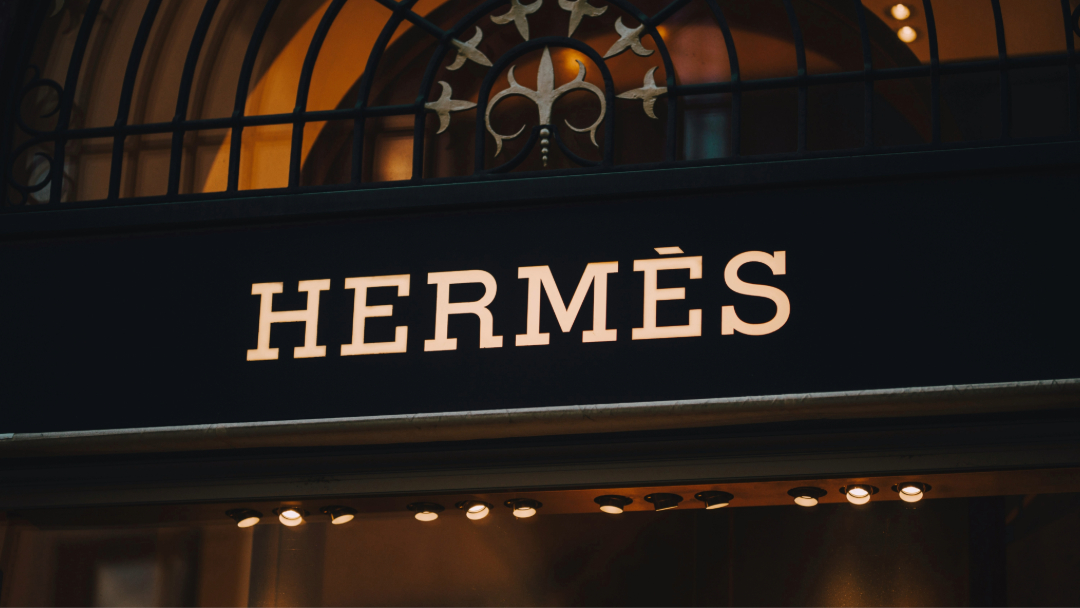Mark Whiting, director at Added Value, examines the definition of luxury versus premium goods, seen through the eyes of a sample of global consumers

Mark Whiting, director at Added Value, examines the definition of luxury versus premium goods, seen through the eyes of a sample of global consumers
Michael Kors FW 2012 campaign
Does it make a difference to the consumer if a brand is premium or luxury? To investigate the consumer perspective, Added Value created an international online community called “Luxury Detectives” using AV-id™, our digital ideation platform, designed to engage consumers for insight and innovation purposes.
Different Behavioural Types
Within our sample we identified four types of behaviours associated with luxury consumers. Looking at our Detectives by geographical area also revealed that Europeans and Americans appear to consume luxury motivated by personal pleasure, whereas Asian consumers are more motivated by the transformation of their image.
The four typologies we identified are described below:
“Don’t be shown up”: Introverted by nature, these consumers use luxury to give themselves confidence and to enable themselves to fit in.
“Show”: These consumers are highly status-driven, demanding, extrovert and extremely materialistic. They see luxury as a benchmark of their success and a way of showing that they are doing better than others.
“Show you know”: This group is also highly status driven. These consumers possess a degree of knowledge about the things they buy, but mainly for the purpose of justification to those they wish to impress.
“Know”: They have a genuine appreciation of beautiful things, with no preoccupation with what other people think. They buy the brands they like, because they like them.
“ Europeans and Americans tend to consume luxury motivated by personal pleasure, as opposed to image ”
2. Luxury is a Highly Subjective Term
The classification of brands into luxury vs. premium is very personal. For example, there was a consensus that Chanel, Dior and Hermès are all bona fide luxury brands, but some of our Detectives identified brands like Louis Vuitton and Ralph Lauren as luxury, while others labelled them premium.
Such subjectivity was clear throughout the classification, yet in our research were able to reach consensus about the criteria for luxury vs. premium, even if the opinions about specific brands were personal.
3. Defining ‘Luxury’ Brands
Our Luxury Detectives agreed on seven criteria in which to define a ‘luxury’ brand.
• Uniqueness: Irreplaceable objects, produced in small quantities, handcrafted. Can only be made in a specific place or country. Exclusive distribution: strategy of rarity, waiting lists, few stores. For one of our Luxury Detectives based in Los Angeles, Villebrequin perfectly captured the spirit of Southern France.
• Timelessness: Products that will last that will never go out of fashion and will be passed on to the next generation.
• Excellence: skilled artisans will make them with the finest fabrics. Culture of connoisseurship. The best customer service will apply.
• Iconic Communication: A very sophisticated and codified visual universe built on dreams, desires and fantasies .
• Sensual Aesthetic: Refined aesthetic that conveys sensuality, indulgence with a hint of extravaganza and it appeals to the 5 senses.
• Brand Soul: Builds its identity around a creator, the history of the house, and has its roots in history.
• Innovation: Brands that dare to push boundaries and surprise. They stay faithful to their roots, but modernise and adapt style to present time to express coolness
“ Premium brands were described as less ostentatious, more accessible, modern & rational ”
4. Defining ‘Premium’ Brands
Our luxury detectives defined Premium brands as less ostentatious, more accessible, more modern, more rational, best in class, sleeker in design, and precision in fabrication.
They are not necessarily seen as inferior to luxury; indeed, in some respects they are seen as superior, particularly in Europe and the US.
Whilst Premium has a clearly defined, proprietary space in Europe and the US (part of trading-up from standard), in Asia it is more likely to be defined as an inferior version of luxury.
The big question is: if luxury brands are defined by distinct criteria, can these criteria be replicated by premium brands? And will these brands become more attractive in doing so?
We asked our Luxury detectives which premium brands looked like having copied luxury. One of them chose to compare Michael Kors and Louis Vuitton.
Despite obvious common design features, our detective expressed that the Michael Kors bag appears premium because of some design errors: the large MK tag and the choice of inferior materials – fabric and not leather – mean that the Michael Kors bag appears to be trying too hard to be luxury.
Another of our Luxury Detectives put forward the importance of cultural relevance by comparing Aquascutum and Burberry: two British brands, both with a long history of acknowledged craftsmanship and quality.
This detective perceived Burberry as more luxury because it offers a more updated (culturally relevant) take on English elegance, and because the endorsement of Emma Watson trumps Aquascutums’ unknown faces.
One of our consumers brought an interesting counter example by looking at L’Oréal and Dior. This detective knew that L’Oréal is clearly positioned as Premium (by its mainstream distribution) but was unable to identify any differences compared to the communication of Dior. When codes are category generic (and not brand specific), they lose their power.
“ Premium brands that attempt to copy “true” luxury brands risk to be criticised for their weakness ”
Where to Next?
The classification of brands into luxury and premium is above all, a personal assessment.
Each of our detectives was able to advocate for the criteria he or she saw as the difference between the two notions: much in the luxury / premium space depends on an individual’s relationship to luxury and their personal experience of a brand.
Nevertheless, there is a strong consensus on the seven key criteria that give a brand luxury status. And the combined result of these criteria is mainly aimed at making consumers dream: their reality is sublimated.
“True” luxury brands still are the most desirable, even in Europe and the US, where premium brands are seen as having genuine quality and not merely as mediocre copycats of luxury brands (as in Asia).
Brands that attempt to copy the appearance of these “true” luxury brands risk to be criticised for their weakness.
Being a luxury brand is a more about appearance; it’s about the wealth of heritage and depth that goes in the mythology of the brands, which is essential in order to avoid slipping into the premium category.
To further investigate luxury marketing on Luxury Society, we invite your to explore the related materials as follows:
– 4 Luxury Marketing Ideas for 2013
– The Art of Luxury Brand Design: The Unsung Hero?
– The Multi-Facets of Luxury Retailing










